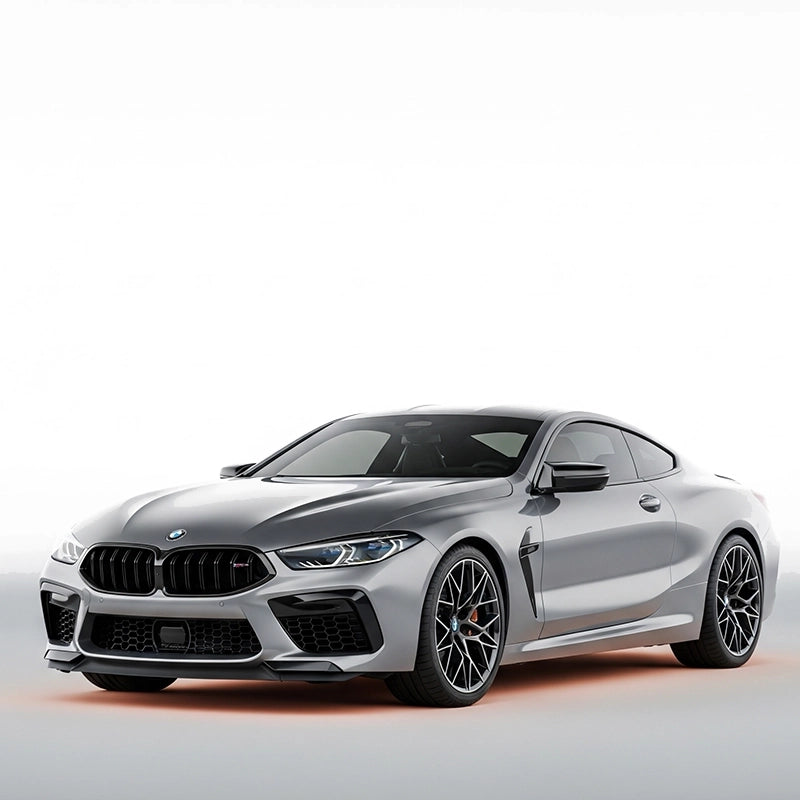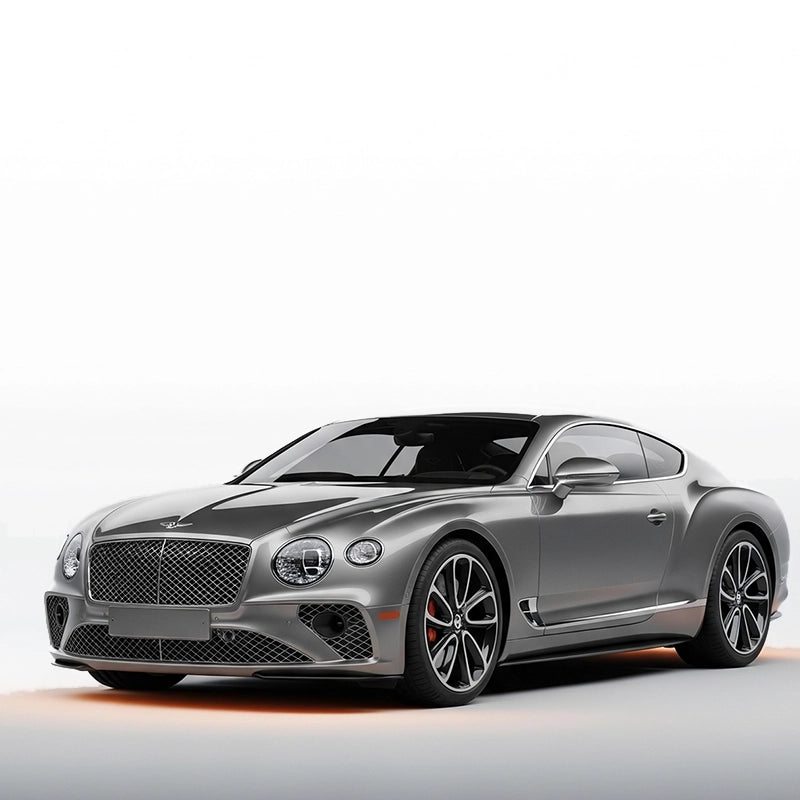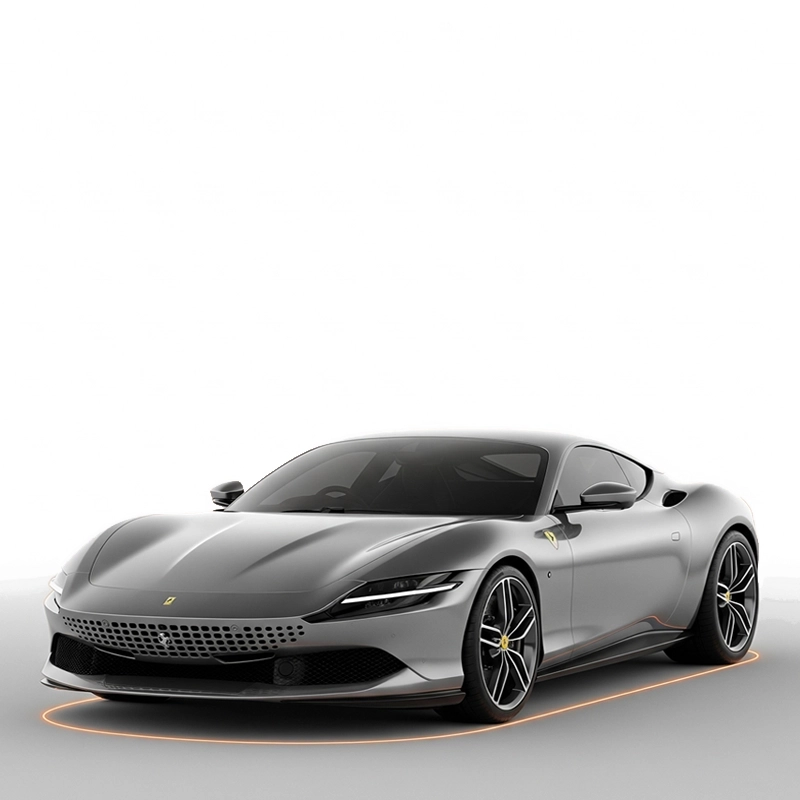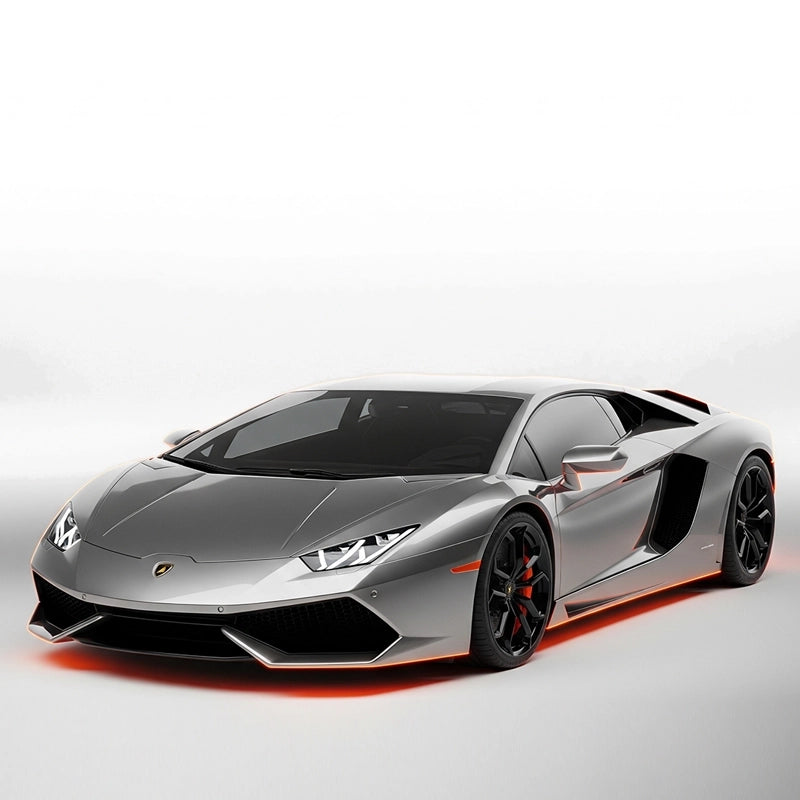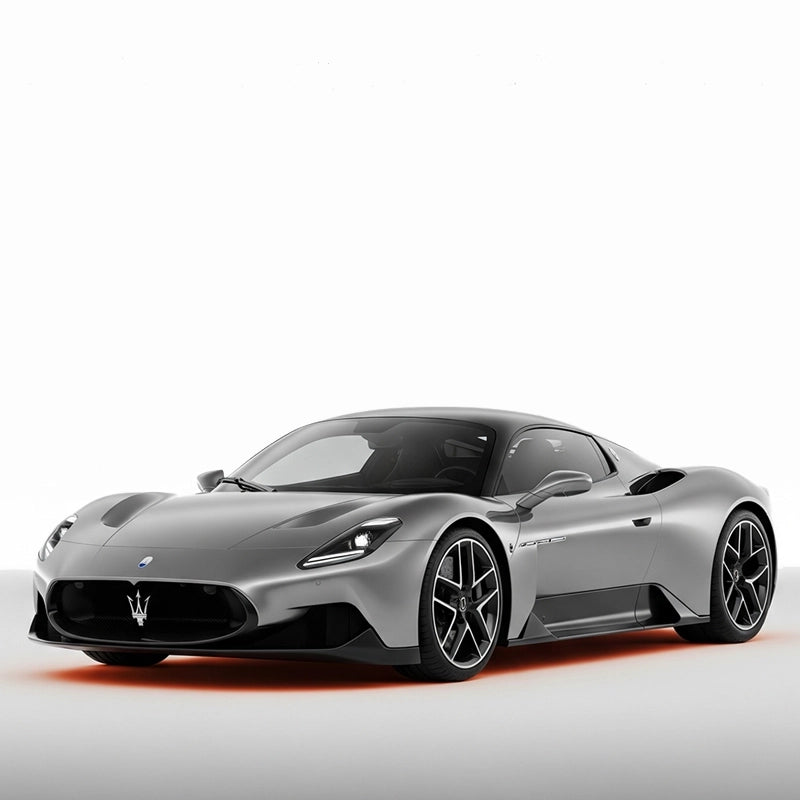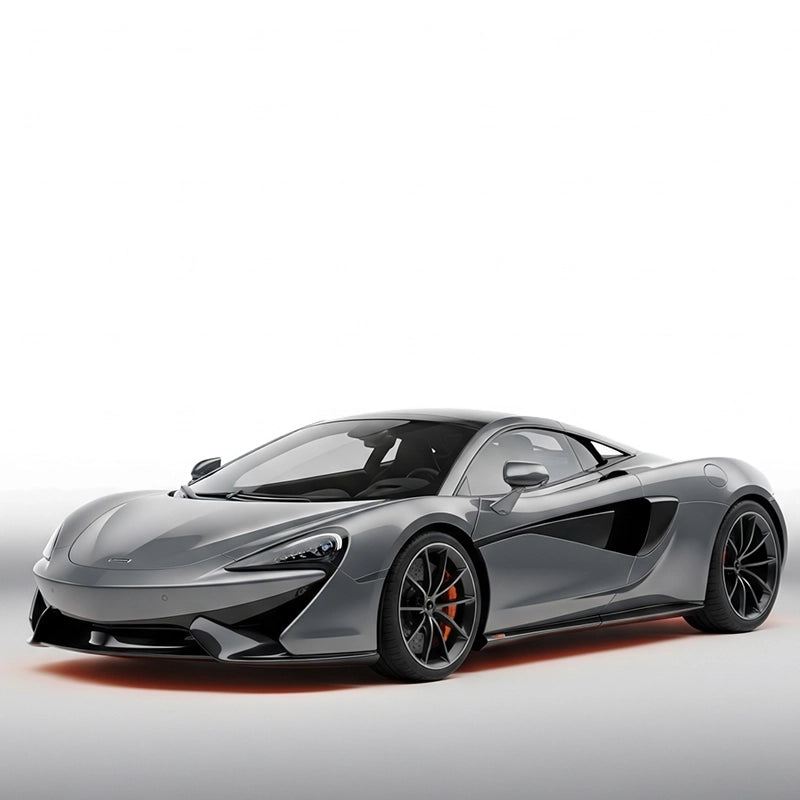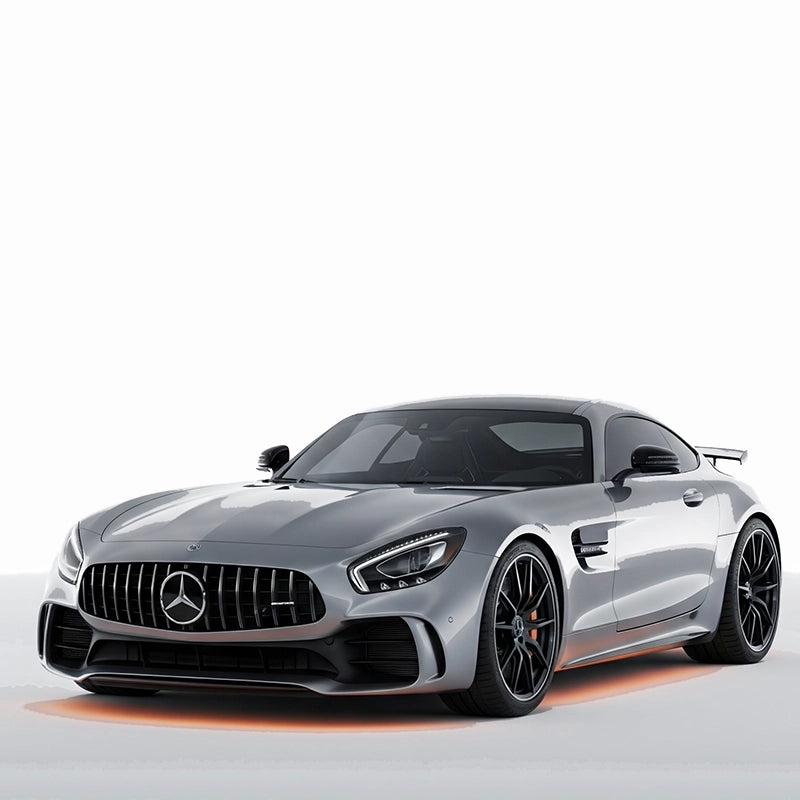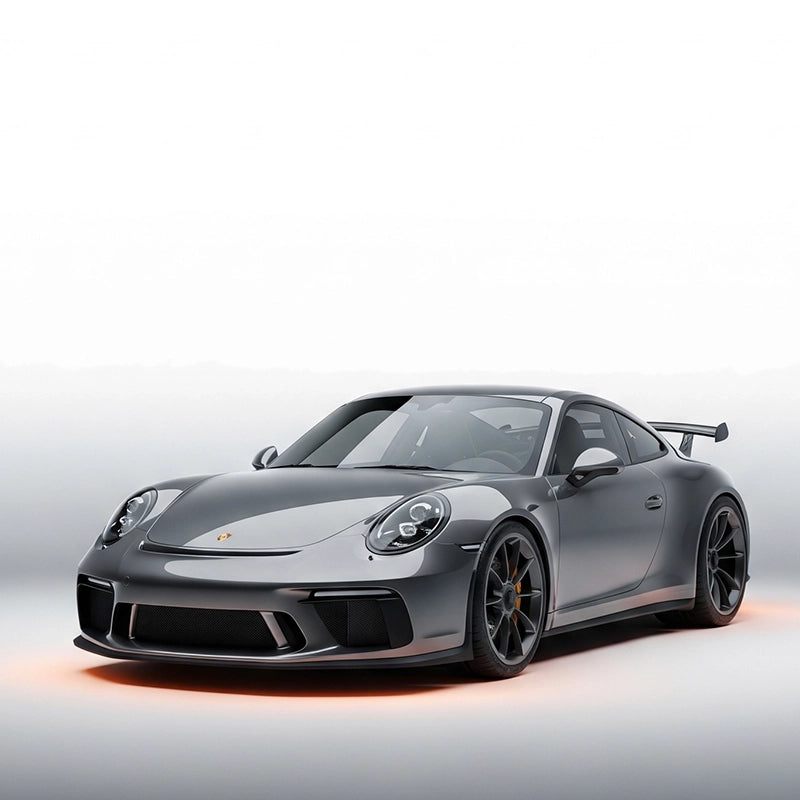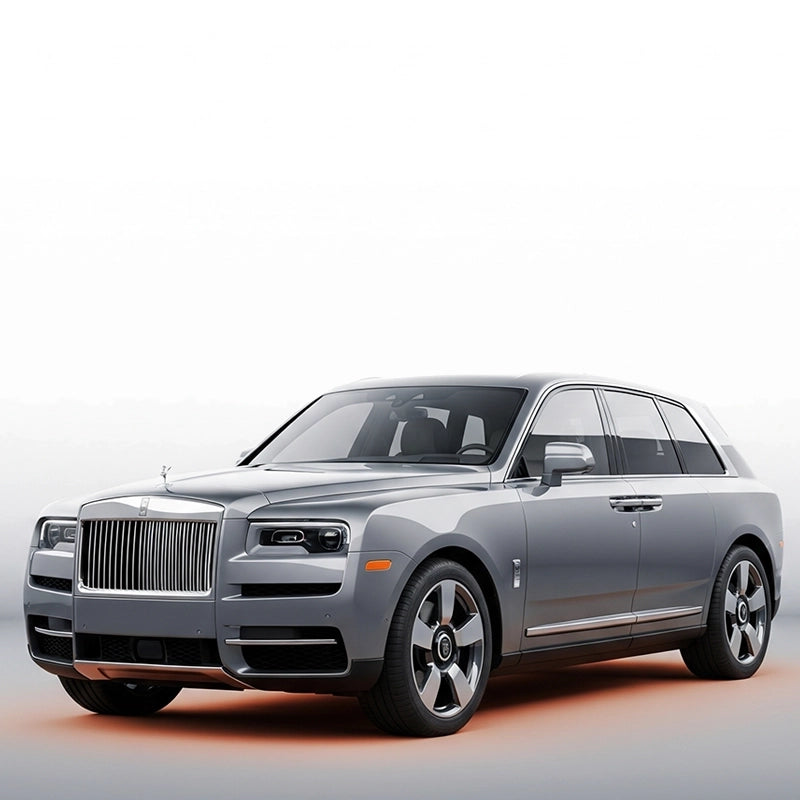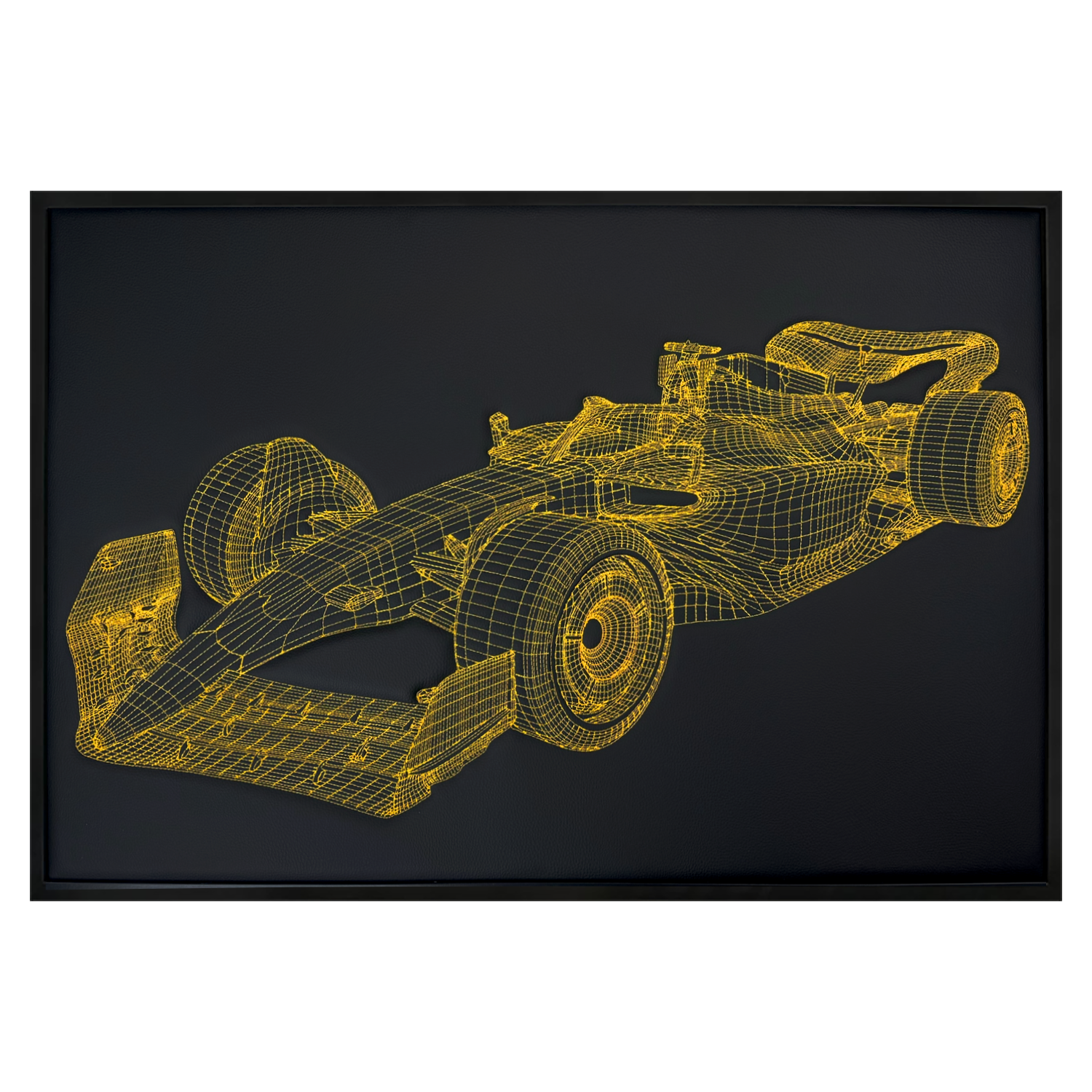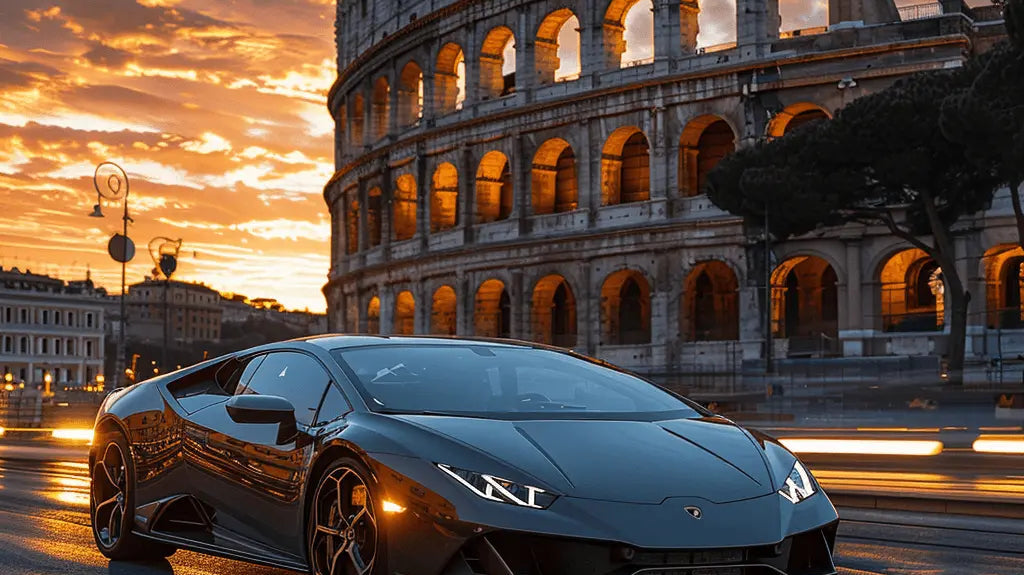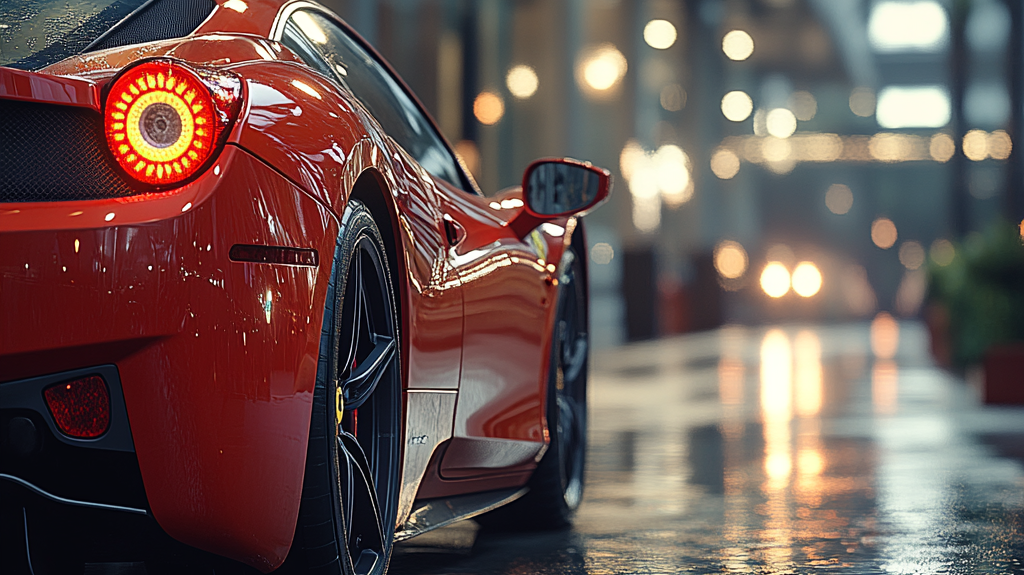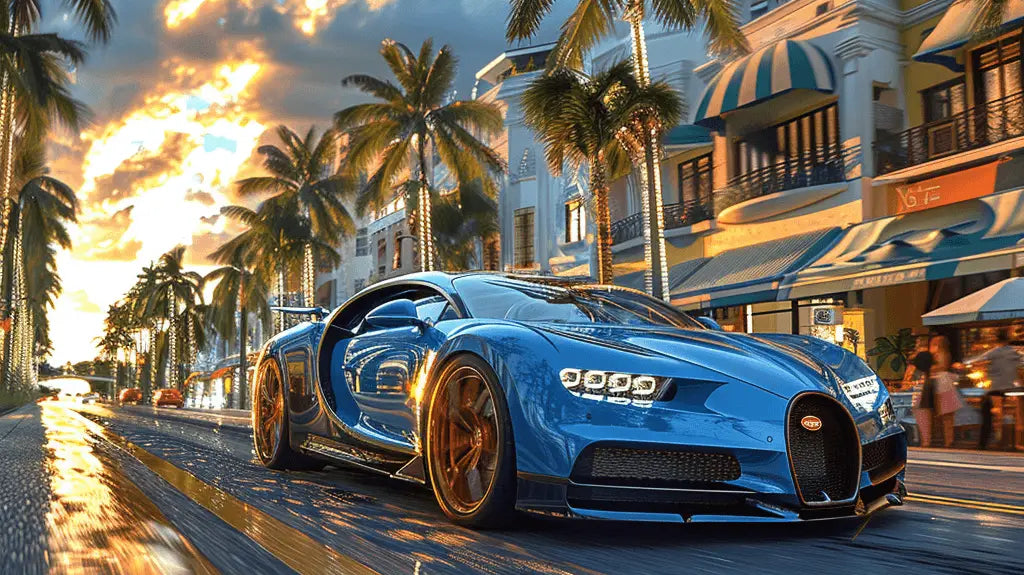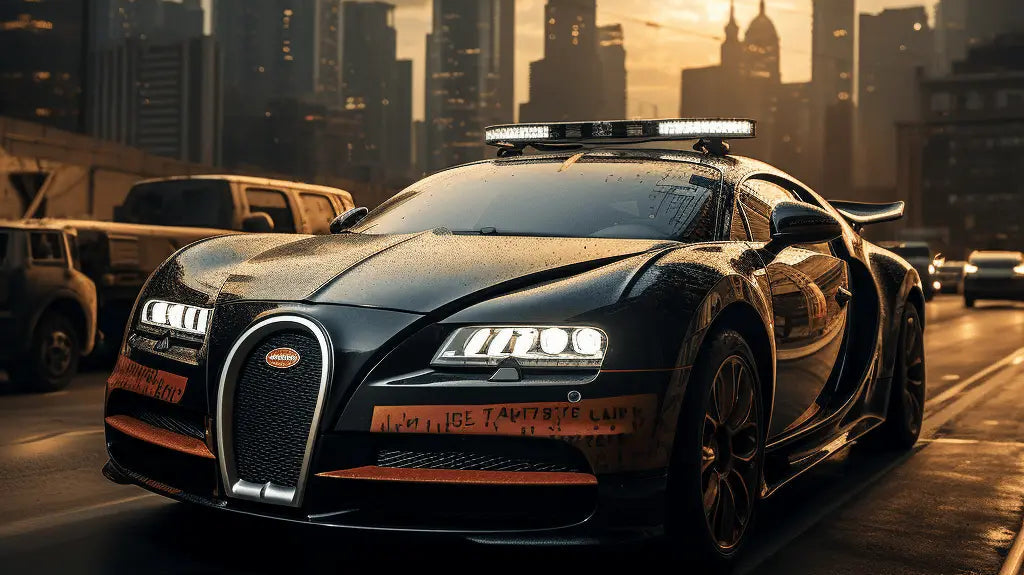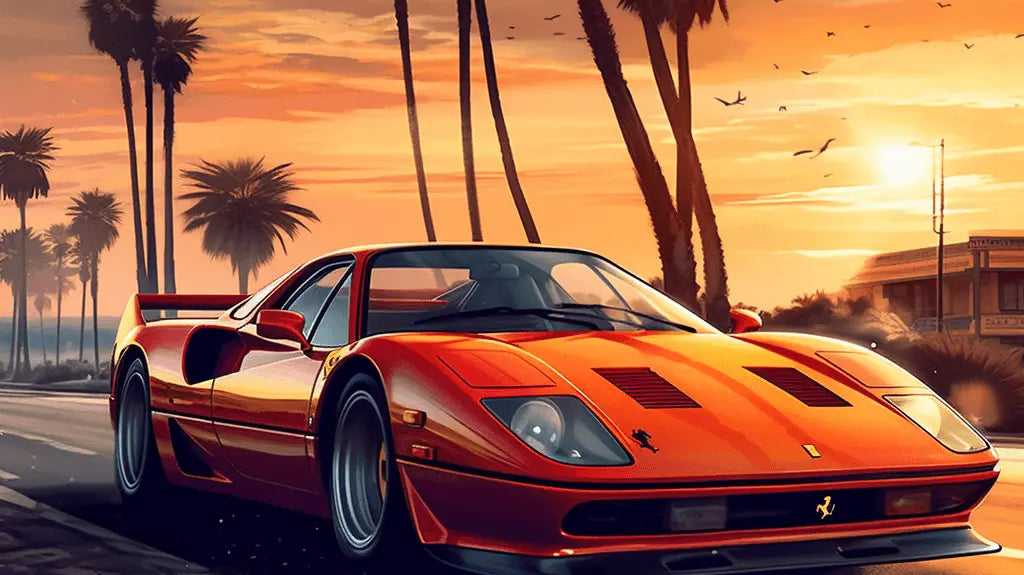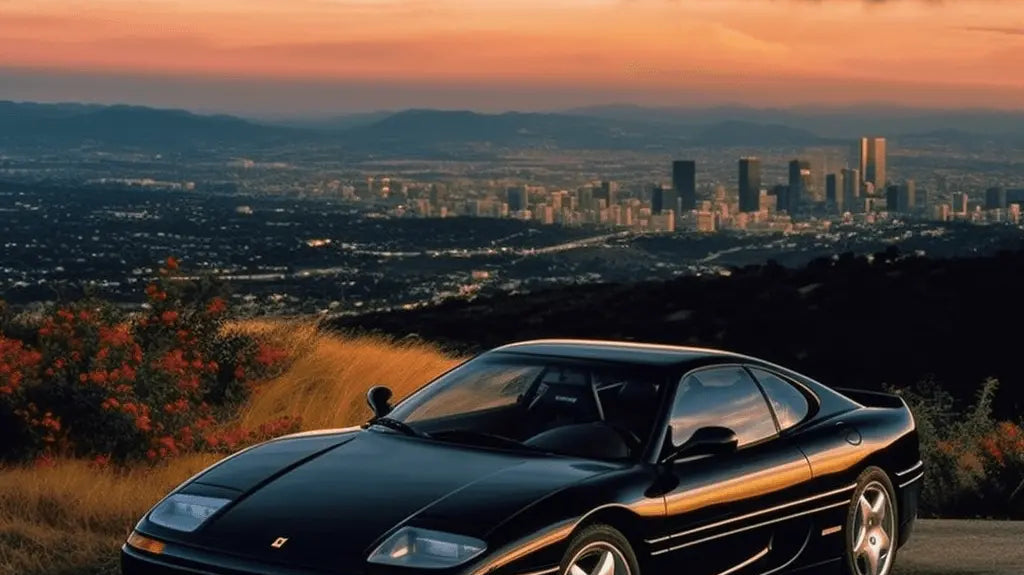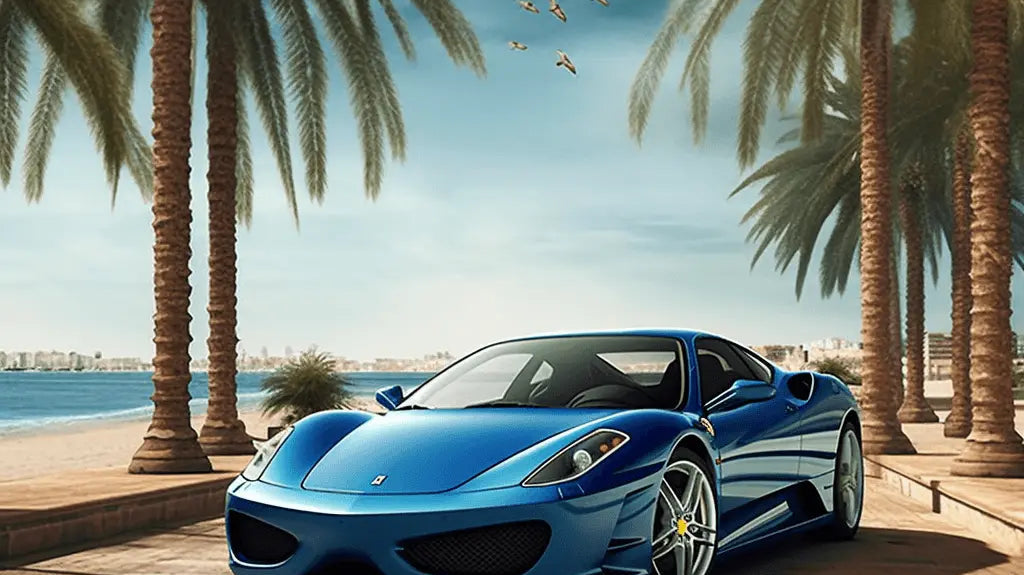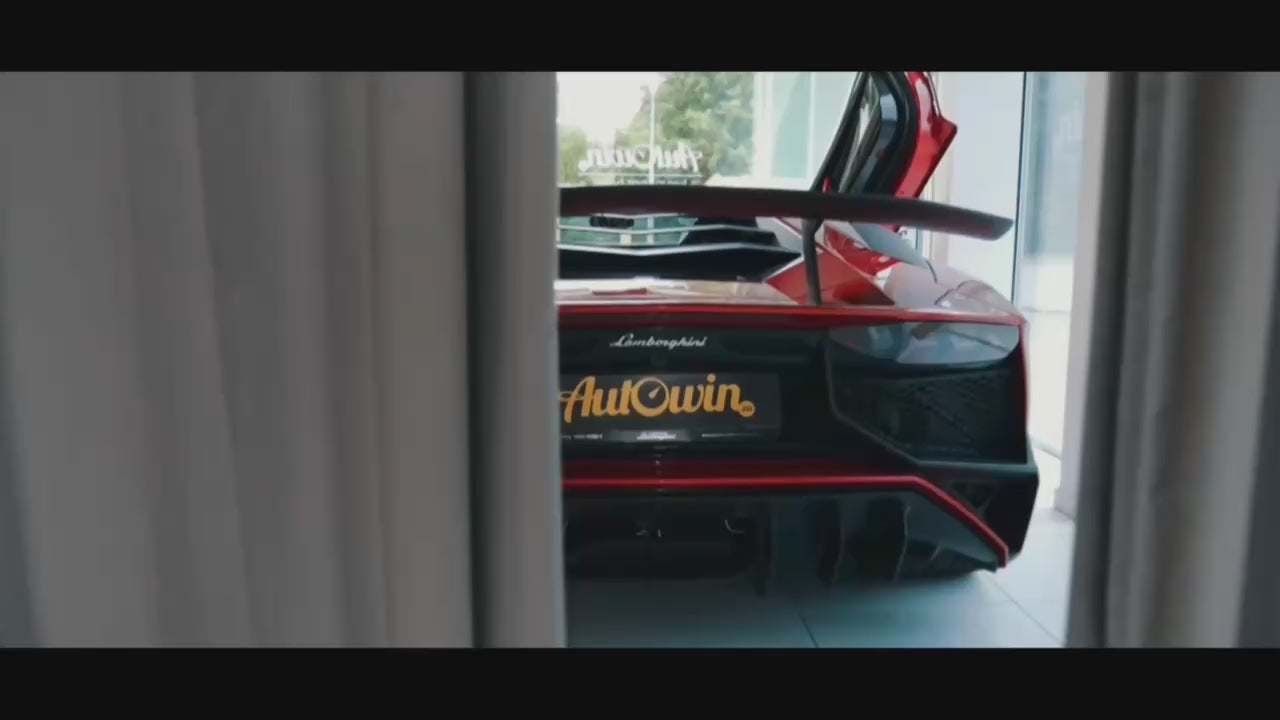Lamborghini’s Spanish Legends: how the raging bull got its names (and why it still matters)
Say “Lamborghini” and you can practically hear the V12. But take a second and look past the noise and the scissor doors and you’ll find something quietly delightful: a naming tradition steeped in Spanish legend and bullfighting lore. I’ve driven a handful of these cars over the years—some on mountain passes, one through the indignity of a city crawl—and the names always set the mood before you even thumb the starter.
Why Lamborghini leans on Spanish legends
Ferruccio Lamborghini was a Taurus, yes, but the brand’s obsession with bulls goes deeper. Many model names celebrate famous fighting bulls, breeders, or the culture around them. It’s theatre. It’s heritage. And for Lamborghini, it’s identity.

Countach: the poster that launched a thousand obsessions
The Countach doesn’t borrow from Spanish bullfighting, but it invented the modern supercar attitude. When I first slid into one years ago, I noticed right away how comically small the mirrors were and how heroically loud the V12 felt at anything over idle. A later LP5000 QV made around 455 hp; 0–60 mph took roughly five seconds if you treated the clutch kindly (and had legs like a cyclist). It’s not perfect—visibility is a rumor and cabin ergonomics were an afterthought—but what a shape. What a moment.
Miura: the bull that changed the mid-engine game
Named after the famed Spanish Miura lineage of fighting bulls, the Miura put the engine in the middle and the world on notice. The early P400s made about 350 hp; later P400S models nudged into the high 300s. I once idled a Miura through dense traffic and, confession, I wasn’t sure at first—the clutch is heavy, the cabin gets toasty—but find a clear road and it’s silk. Effortless balance. A reminder that beauty and bravery can ride in the same chassis.
Aventador: a V12 love letter to excess
Named after a bull that fought bravely in Zaragoza in 1993, the Aventador is the greatest hits album of V12 theatre. Depending on the variant, you’re looking at 691–759 hp and 0–60 mph in about 2.8–2.9 seconds. When I tried it on rough city streets, the single-clutch ISR gearbox could feel a bit clunky at low speeds—no getting around that—but once the road opens, it transforms. Steering that talks. An engine that never shuts up (in the best way). Aerodynamics that actually do things. It’s a mighty, occasionally uncompromising, weapon.

Huracán: bull by name, storm by nature
Named after a courageous bull from 1879, the Huracán is the “dailyable” supercar (as much as a 600+ hp machine can be). The V10 sings to 8,000 rpm; 602–631 hp depending on spec; 0–60 mph around 2.8–3.2 seconds. On pockmarked back roads, the magnetorheological dampers take the edge off better than you’d expect. Early infotainment felt a bit borrowed-from-Audi in both brains and graphics, but the driving experience? Alive. Sharp. Like piloting a storm in slippers.

Urus: the everyday bull with track shoes
The name reaches further back—to the ancient aurochs, ancestor of modern cattle—but the Urus is modern through and through. Twin-turbo V8, 641–657 hp, 0–60 mph in about 3.1 seconds. I hauled two kids, a Labrador, and weekend bags to the coast and discovered it’s quiet enough to hear the kids arguing in the back, yet quick enough to make them forget what they were arguing about. Small gripe: in Strada mode there’s still a low-speed fidget over sharp bumps, but that’s the price of huge wheels and genuine handling chops in a premium SUV.

Lamborghini naming quick guide
| Model | Name origin | Engine | Approx. power | 0–60 mph | Notable years |
|---|---|---|---|---|---|
| Countach | Piedmontese exclamation of astonishment | V12 | ~375–455 hp | ~5.0–5.5 s | 1974–1990 |
| Miura | Famed Spanish Miura fighting bull lineage | V12 | ~350–385 hp | ~6.0–6.5 s | 1966–1973 |
| Aventador | Brave bull from Zaragoza, 1993 | V12 | ~691–759 hp | ~2.8–2.9 s | 2011–2022 |
| Huracán | Legendary bull (1879), also evokes “hurricane” | V10 | ~602–631 hp | ~2.8–3.2 s | 2014–present |
| Urus | Ancient aurochs (ancestor of modern cattle) | V8 twin-turbo | ~641–657 hp | ~3.1 s | 2018–present |
Living with a Lamborghini: small quirks, big smiles
- Cabin life: modern cars are surprisingly comfortable, but older icons like the Countach demand flexibility and patience.
- Noise vs. drama: V10 and V12 cars are loud at cold start—garage neighbors will know. The Urus is the stealthy one.
- Infotainment: newer systems are solid; early Huracán setups feel a touch dated today.
- Practicality: the Urus does school runs and ski weekends; Aventador does, well, Instagram and mountain passes.
Finishing touches: protect the interior theatre
These cars are rolling opera houses. Keep them that way. Floor mats sound dull until you’re pricing Alcantara carpet replacement after a rainy-trackday mishap.
Premium fit, proper feel: AutoWin floor mats for your Lamborghini
I’ve seen flimsy mats curl, slide, and generally ruin a cabin’s vibe. The tailored sets from AutoWin fit right, don’t wander under your pedals, and actually complement the design language. If you’re fussy (I am), the stitching and colorways help you match a Lamborghini interior without looking aftermarket.
Where Lamborghini legends meet the road
At its best, Lamborghini blends engineering thunder with names that carry history on their shoulders. From the Miura’s bull-bred bravado to the Aventador’s arena-ready V12 and the everyday snarl of the Urus, these Spanish legends aren’t just badges. They’re context. Culture. A dare. And out on a dawn B-road, with the engine heat in the mirrors and the world still yawning awake, it all just makes sense.
FAQ: Lamborghini’s Spanish legends and names
Why are Lamborghini cars named after bulls?
Ferruccio Lamborghini admired bullfighting and aligned the brand with its strength and spectacle. Many models honor famous bulls, breeders, or that culture.
Which Lamborghini isn’t named after a bull?
The Countach. It’s a Piedmontese exclamation of astonishment—not a bull.
Is the Huracán named after a storm or a bull?
Both, in a way. Officially it references a courageous bull from 1879, while the name also evokes “hurricane,” which suits the car’s character.
What’s the story behind the Aventador name?
It honors a bull that fought bravely in Zaragoza (Saragossa) in 1993—hence the car’s warrior vibe.
Does the Urus follow the tradition?
Yes, but indirectly. It’s named after the ancient aurochs (Urus), the wild ancestor of modern cattle—fitting for a powerful, all-terrain Lamborghini.


